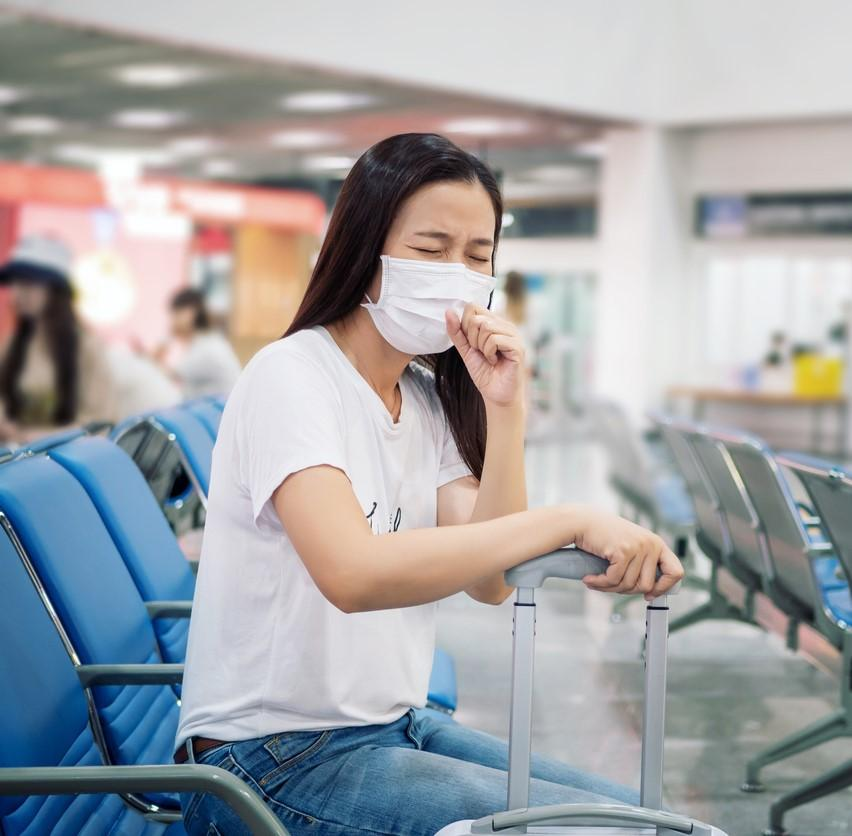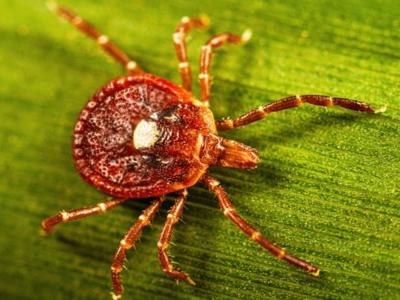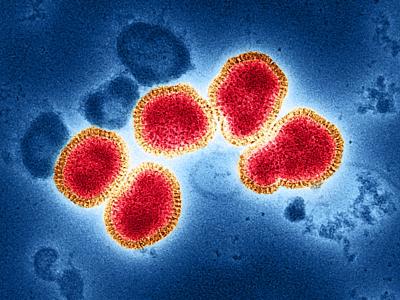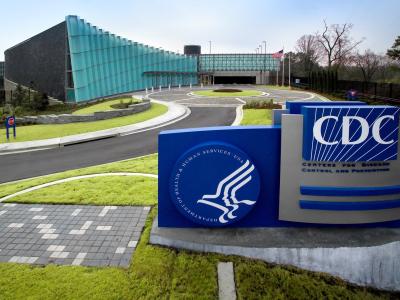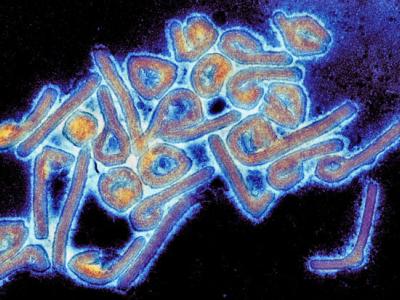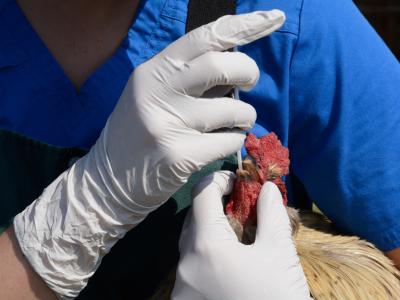A new study in The Journal of Infectious Diseases links higher intercontinental airline passenger flight volumes to both influenza activity and COVID-19 case and death rates, suggesting that short-term travel restrictions and in-flight interventions could slow disease transmission when coupled with public health measures.
Flights from Asia played a larger role in disease spread, the study found.
University of Hong Kong researchers analyzed monthly global passenger numbers and surveillance data on flu and COVID-19 in 78 countries and US states from January 2019 to July 2024. Then they used a modeling framework to assess the relationship between flight volumes and disease activity while adjusting for differences in country-level public health efforts.
"Air travel plays a crucial role in infectious disease spread, creating unprecedented pathways for pathogens to cross global boundaries within hours," the authors wrote. "The confined environment of aircraft cabins creates ideal conditions for respiratory disease transmission."
Domestic flight volumes played lesser role
Greater flight volumes were significantly tied to higher flu activity and COVID-19 case and death rates, with the strongest association with flights from Asia. The effects were consistently stronger for COVID-19 than for flu and were more pronounced in countries with more-relaxed disease-mitigation measures.
Asia serves as a critical epicentre for respiratory virus emergence and evolution, with East, South, and Southeast Asia functioning as important reservoirs for novel influenza strains and viral diversity.
Higher flight volumes from Asia were linked to 21% higher rates of flu transmission (incidence rate ratio [IRR], 1.21), and North American and European flight volumes also appeared to facilitate pathogen spread. Greater flight volumes from Asia (IRR, 1.72), Europe (IRR, 1.45), and North America (IRR, 1.21) were also all significantly tied to increased COVID-19 case rates.
Relative to global flights, domestic flights were less strongly and consistently associated with disease transmission, which the authors said likely reflected the availability of alternative within-country transportation options.
Higher international passenger numbers—especially on Asian flights—directly increased infectious disease importation frequency, driving community spread in destination countries.
"Asia serves as a critical epicentre for respiratory virus emergence and evolution, with East, South, and Southeast Asia functioning as important reservoirs for novel influenza strains and viral diversity," the researchers wrote. "The region's dense population centres, proximity of humans to livestock, and ecological conditions create ideal environments for viral emergence and reassortment."
Balancing public health, socioeconomic considerations
The consistently stronger link between flight volumes and COVID-19 may be due to the virus's longer incubation period (2 to 14 days vs 1 to 4 days for flu) and significant proportion of asymptomatic people who may travel without knowing that they are infectious.
Decision-makers should implement comprehensive strategies tailored to specific pathogens and variants, balancing public health protection with economic and social considerations based on pathogen characteristics, outbreak phase, and local context.
The authors said that time-limited international flight restrictions may slow pathogen transmission during outbreaks, especially in countries with less-stringent domestic controls. But for endemic or seasonal outbreaks, more-sustainable approaches such as the use of in-flight preventive measures (eg, enhanced ventilation, routine disinfection, mandatory mask-wearing) may be more broadly acceptable to policy-makers and the public.
"Future response strategies should incorporate these differential impacts when implementing travel-related containment measures, balancing public health protection with socioeconomic considerations," they concluded. "Decision-makers should implement comprehensive strategies tailored to specific pathogens and variants, balancing public health protection with economic and social considerations based on pathogen characteristics, outbreak phase, and local context."
